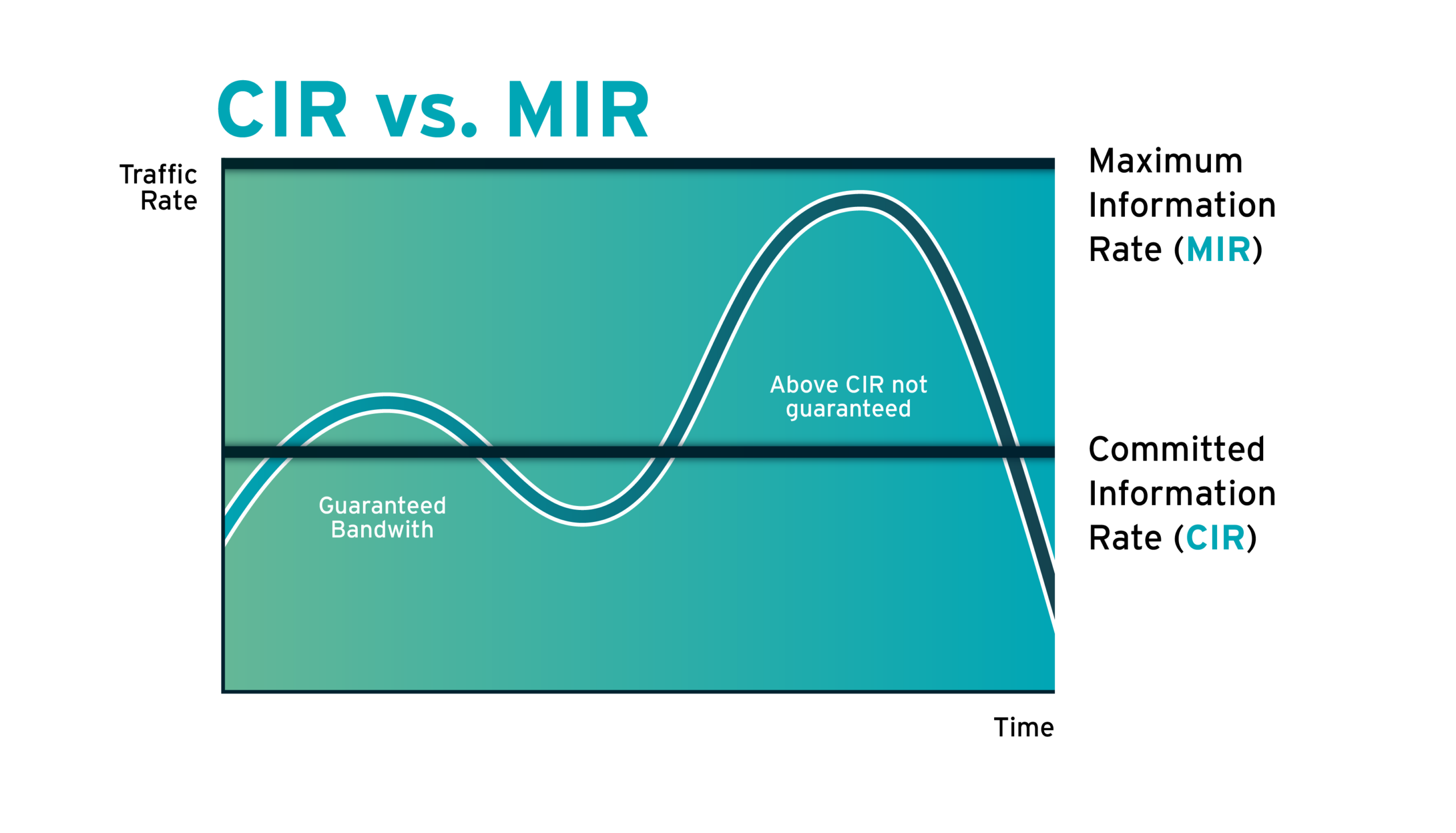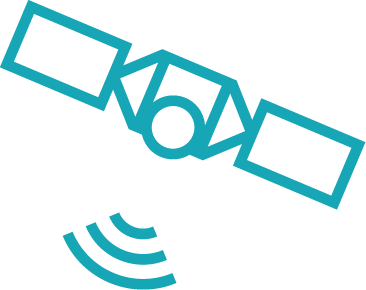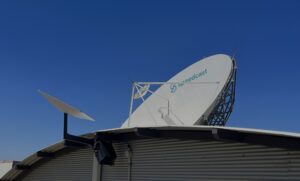OneWeb VS Starlink? Across the satellite and connectivity space, where technology innovation seems to be moving at a pace never seen before, two constellation fleet operators are standing out in the new world of low Earth orbit (LEO) offerings. SpaceX’s Starlink and Eutelsat OneWeb have both etched their names into the satcom landscape, each with unique LEO offerings. So how do they stack up?
This is a question that our sales and account managers get asked on a regular basis. This could be because many of these newest LEO options are closed network connectivity offerings, versus most typical geosynchronous Earth orbit (GEO) services customers may be used to. So, customers may be more focused on understanding which option might best meet the mark in addressing and prioritizing their operational requirements.
In terms of Starlink and OneWeb, there’s no one right answer for every remote site requirement. Speedcast is an Authorized Global Reseller and Integrator for both Starlink and OneWeb with thousands of installations under our belt. That gives us a clear view of how best these exciting LEO offerings can best be put to use.

Starlink’s Value Propositions
Starlink service has been licensed in about 40 countries and is globally available offshore. It offers residential and business service in the 25-220 Mbps range. That’s high bandwidth with low latency at historically low prices for a satellite service. Unlike conventional VSAT from satellites in GEO orbit above the equator, Starlink’s thousands of satellites can deliver service to every part of the globe, including the Arctic and Antarctica. Wherever you are, three or more Starlink satellites are somewhere overhead, and the company promises more on the way.
Starlink is like a home broadband connection delivered from the sky. It excels at giving remote users internet service for email, social media, and entertainment. They may be passengers on a ferry or cruise ship, or crew on a vessel, energy platform, mine or other remote facility. They may be local business offices or retail stores in places far from good terrestrial service. Quality of service is likely important to them, but lives do not hang in the balance. As long as you have enough terminals bonded together to handle the volume of user traffic, Starlink service will be good most of the time.

Though Starlink offers priority data for enterprise users, it does not have a service level agreement (SLA) enforcing quality of service (QoS). Bandwidth is dynamically shared among all users on a satellite, so it cannot deliver a committed information rate (CIR), which has long been a standard feature of enterprise-grade satellite communications.
Starlink’s standard set up includes a Public IP, connecting to the terrestrial internet, and does not support virtual private networks (VPNs), which means it requires the implementation of firewalls to mitigate security risks and vulnerabilities.
OneWeb’s Value Propositions
In contrast, OneWeb was designed for customers who require an SLA for service and those who want an alternative to having their traffic touch the public internet. The LEO constellation offers an enterprise-grade service capable of supporting demanding carrier and enterprise network applications. In situations where secure and private connectivity is essential, OneWeb can meet these requirements effectively. This is particularly important for applications that demand a guaranteed SLA, including private intranets, control systems, VPN, Voice over IP (VOIP), financial transactions, and cloud services. OneWeb ensures network reliability and uninterrupted operations by providing a committed information rate. Additionally, in some countries, an SLA-based solution becomes a vital requirement due to legal obligations surrounding remote operations.
This makes OneWeb well-suited to the critical communications that support operations, automation, health and safety, and remote management, whether on a ship, energy platform, mining site or remote government base. It is the first service to deliver the high reliability, guaranteed performance and security typical of a GEO VSAT network, with the low latency, global reach and competitive pricing of LEO constellations.
Likewise, OneWeb may appeal to customers looking for flexibility in package options and offerings for their LEO service. In early 2024, Speedcast entered a strategic partnership with OneWeb that includes exclusive package and pricing options across all markets and market exclusivity to deliver OneWeb services to much of the cruise industry. With this comes the added benefit of quality of service for customers in the form of dual network interconnects between OneWeb and Speedcast’s global network of POPs. This reduces the distance that data travels between networks and avoids intermediate networks that add latency. The result is better service with greater resilience.

Joining Forces for Diverse Service and Optimal Results
While customers could assess their operations and review these LEO value propositions to identify the optimal option, there is an alternative to consider that removes the pressure of ensuring you select the right service.
Speedcast integrates LEO services into managed solutions for customers across thousands of remote sites every day. We seamlessly blend multiple connectivity paths – whether it be OneWeb and Starlink, or a mix of LEO, GEO VSAT, L-band and cellular, into a single, wide-area network, through our SIGMA network management solution. The automated SIGMA platform continuously monitors each connectivity path and dynamically orchestrates traffic in the best paths. It can automatically prioritize critical traffic for paths offering CIR and SLAs, while routing lower-priority traffic to connections that don’t, and managing seamless hand-offs between services and satellites based on their performance and cost. Several times a second, SIGMA makes the choices based on rules you establish – and delivers very high uptime, QoS, and bandwidth optimization in the process.
Today, when there are more satellite services than ever, along with new, exciting options slated to join the fold soon, smart customers know better than to choose a single one. Contact us today to unlock the potential of hybrid connectivity, empowering your remote business with the flexibility it deserves.
Explore your connectivity options.
Speak with our experts.



























